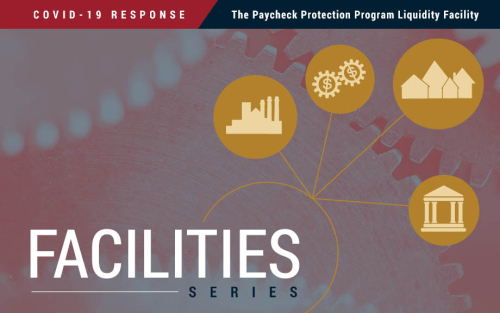The Persistent Compression of the Breakeven Inflation Curve
Breakeven inflation, defined as the difference in the yield of a nominal Treasury security and a Treasury inflation protected security (TIPS) of the same maturity, is closely watched by market participants and policymakers alike. Breakeven inflation rates provide a signal about the expected path of inflation as perceived by market participants although they are also affected by risk and liquidity premia. In this post, we scrutinize the dynamics of breakeven inflation, highlighting some intriguing behavior which has persisted for a number of years and even through the pandemic. In particular, we document a substantial downward shift in the level of breakeven inflation as well as a marked flattening of the breakeven inflation curve.
The Paycheck Protection Program Liquidity Facility (PPPLF)

On April 9, 2020, the Federal Reserve announced that it would take additional actions to provide up to $2.3 trillion in loans to support the economy in response to the COVID-19 crisis. Among the measures taken was the establishment of a new facility intended to facilitate lending to small businesses via the Small Business Administration’s Paycheck Protection Program (PPP). Under the Paycheck Protection Program Liquidity Facility (PPPLF), Federal Reserve Banks are authorized to supply liquidity to financial institutions participating in the PPP in the form of term financing on a non-recourse basis while taking PPP loans as collateral. The facility was launched April 16, 2020. As of May 7, it had issued over $29 billion in loans (see the H.4.1 Statistical Release). This post lays out the background for the PPPLF and discusses its intended effects.










 RSS Feed
RSS Feed Follow Liberty Street Economics
Follow Liberty Street Economics